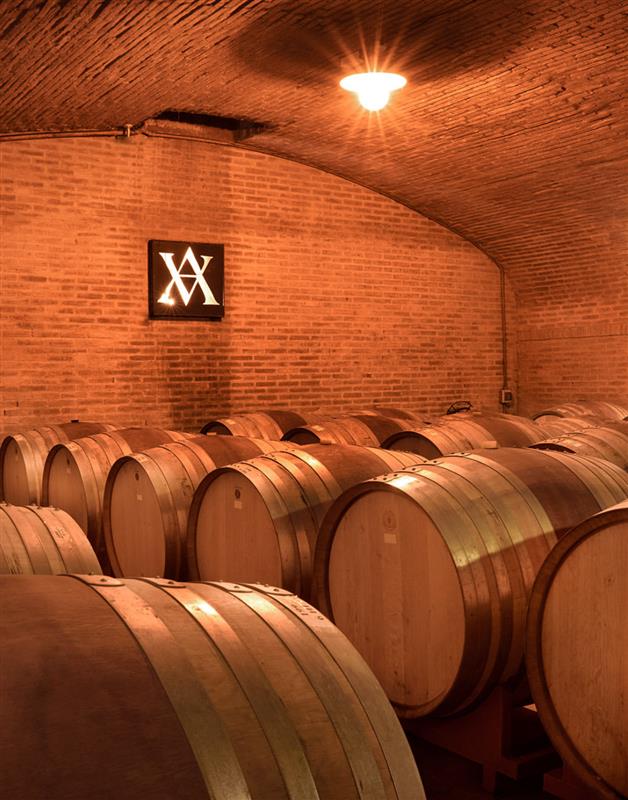Q. When would you smell the scent of bread after opening a bottle of wine?
A. If you’ve ever caught the whiff of a fresh loaf of bread, a croissant, or toast after opening a bottle of sparkling wine, you weren’t imagining it. One of the processes of sparkling winemaking, yeast autolysis, is the reason behind this. Yeast autolysis is the process of decomposition of yeast cells, or lees, while the sparkling wine is aging. As these cells decompose, they release flavors of bread, biscuits, and toast into the wine. This happens in both beer and wines that have been left on the lees and is a desirable trait in sparkling wines, contributing to complexity and a lovely roundness in flavor.
All wines are made from the work of yeast, but yeast autolysis is generally avoided in all other still wines because it can rob the wine of its fruity, fresh flavors. Instead for most wines, once the yeasts have finished their task of fermenting sugar into alcohol and fall to the bottom of the fermentation vessel, they are removed, or “racked.” Therefore, if you’re smelling freshly baked bread when opening that red Chianti, you might simply be sitting next to a bakery (or drinking with the Pillsbury Dough Boy). And a stale wine is different from stale bread: it means the wine has been sitting out for too long and will probably smell abrasive, like nail polish remover or vinegar.
Now you’re craving a sparkling wine, aren’t you? Not all sparkling wines undergo yeast autolysis, especially if they’re trying to keep to a fresher, fruitier style. Try the delicious bubbles in our Food Friendly Pack from the Wine365 Shop:

This question is from the Daily Drop newsletter. Click here to subscribe!



